They have several features that distinguish them from our image of the ideal hybrid tea. Some of them bloom in clusters instead of producing one rose per stem, for example, and they lack the high-centered “exhibition” blooms we demand of most of our hybrid teas. In fact, their blooms fail to conform to any specific pattern. The petals can best be described as lax, or “messy,” according to some rose snobs. They seem out of place in a formal rose garden and are more suited to the “romantic” garden, where their casual habit and whimsical blends of color create a fairy-tale landscape.
The Pernetiana roses were named for Joseph Pernet-Ducher, a French rosarian, who began experimenting with various crosses in the late 19th century in the hope of creating a reblooming yellow rose. The yellow roses available at that time bloomed only once a year, and whereas the blooms of some tea roses and some of the early hybrid teas did display hints of yellow, it was a pale yellow, and Pernet-Ducher’s goal was a deep golden shade of yellow.
Crossing a seedling of Antoine Ducher, a reblooming hybrid perpetual, with a species rose commonly known as “Persian Yellow” produced Pernet-Ducher’s first commercial success, Soleil d’Or, in 1900. This first Pernetiana rose, which is even called “the first modern rose” in some circles, was a wonderful combination of golden-yellow and orange. It rebloomed reliably, and best of all, it had inherited the sweet fruity fragrance of the hybrid perpetual instead of the fetid odor of the species rose.

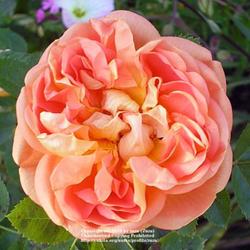
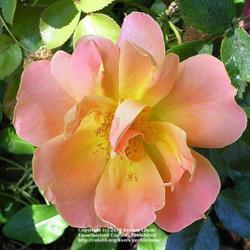

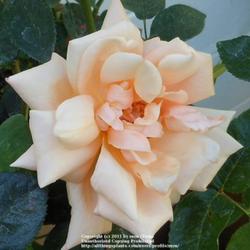
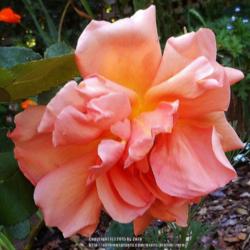
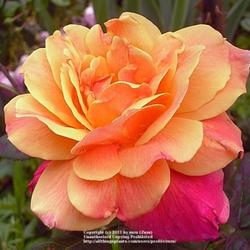


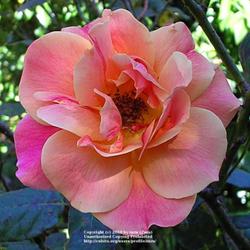
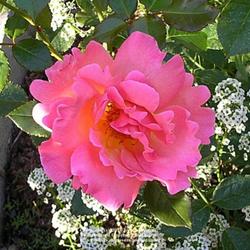
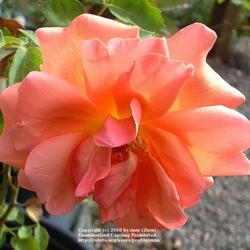
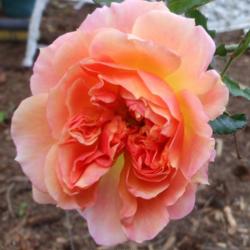


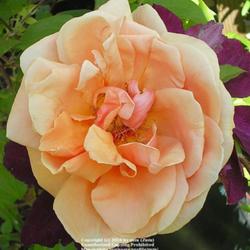
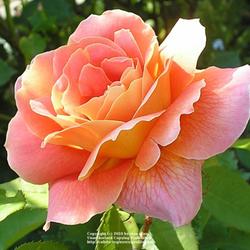
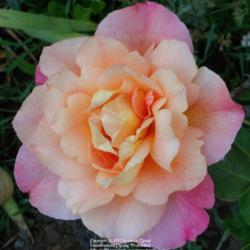
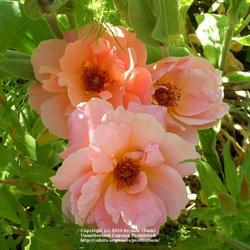
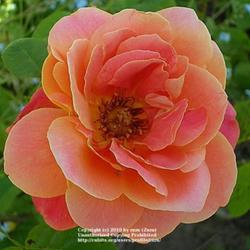
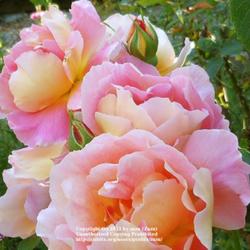
| Thread Title | Last Reply | Replies |
|---|---|---|
| Just discovered Pedro Dot's colorful roses by LandscapeGA8b | Feb 15, 2024 8:10 PM | 0 |
| So sad by ctcarol | Jul 10, 2018 3:07 AM | 12 |